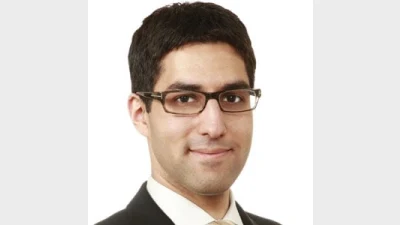Education stunting new wave of ETF investors



Traditional investors are being increasingly drawn to ETFs, but severe knowledge gaps about how the investment vehicle works are holding them back, research has found.
While the current profile of the ETF investor tends to be someone with higher-than-average assets, the platform is starting to attract more “mainstream investors”, according to Investment Trends.
The proportion of prospective ETF investors grew from 54,000 to 79,000 in just over a year, the research showed.
However, 71 per cent said something was standing in the way of their first move into the ETF space.
From that cohort, 39 per cent cited a lack of knowledge as the inhibitor, while 35 per cent said they did not know how to use ETFs in their portfolio.
Market conditions were delaying 27 per cent, while the remaining 20 per cent wanted more research coverage.
“What you find is because they’re a bit more mainstream and haven’t done this before, they have a lot more education needs,” Investment Trends senior analyst Recep Peker said.
“If you dive deeper into their information needs, their key needs relate to comparing individual ETF products, both to each other and to other investments.
“They also want more information around the advantages and disadvantages of ETFs and the mechanics of how they work.”
Recommended for you
A growing trend of factor investing in ETFs has seen the rise of smart beta or factor ETFs, but Stockspot has warned that these funds likely won’t deliver as expected and could cost investors more long-term.
ASIC has released a new regulatory guide for exchange-traded products (ETPs), including ETFs, on the back of significant growth in the market.
Assets in Macquarie Asset Management’s active ETFs have tripled to $2 billion in the last six months, helping the division deliver a net profit contribution of $1.1 billion.
With property becoming increasingly out of reach for young Australia, Vanguard has proposed a tax-incentivised scheme to help cash-heavy individuals build wealth.










